How AI Affects Developer Literacy: A Guide for CTOs, CEOs & Rapid-Growth Tech Teams
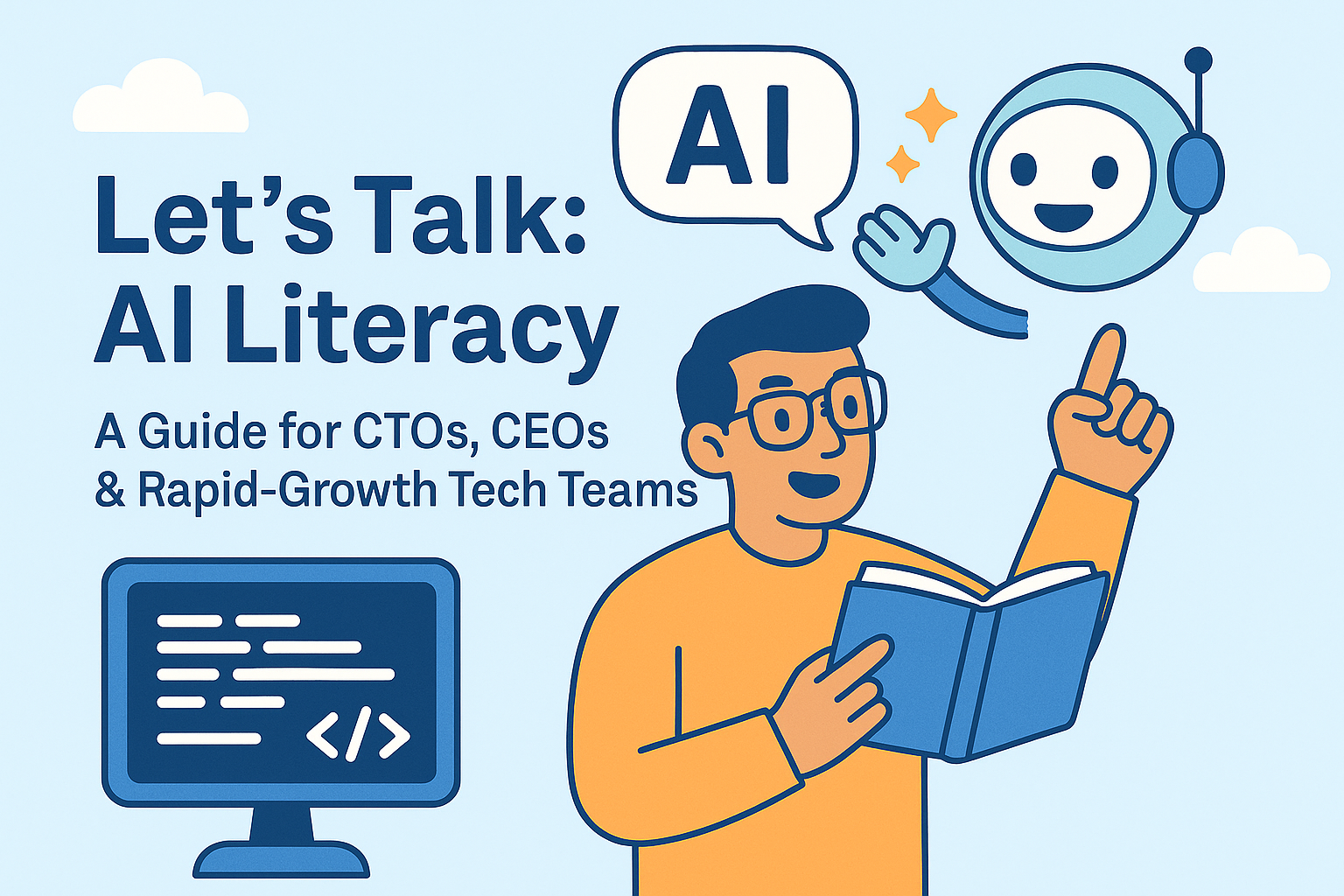
Is AI Making You an Illiterate Developer? How CTOs, CEOs & Rapid-Growth Teams Can Get the Best, Not the Worst, From AI
Let’s talk real: AI is the shiny new hire in every fast-moving dev team, and everyone — from seasoned CTOs and ambitious CEOs to the newest coder — wants to unleash its power. But here’s the flip side that rarely gets boardroom airtime: AI may not just be accelerating your output, it might also be quietly eroding the bedrock skills that made your team world-class in the first place.
The Hidden Price of AI in Rapid Growth
Imagine your freshest devs, onboarded into an AI-first workflow where “ask the model” replaces “read the docs” or “debug the core issue.” Sounds efficient until bugs appear in production or legacy code needs a human touch. Some important metrics highlight the hidden hazards:
- Developers relying on AI tools have sometimes spent up to 19% longer than expected to solve real problems instead of being faster, as observed in some studies.
- AI-generated code can introduce up to 41% more bugs, especially with ambiguous requirements or complex edge cases, if not properly reviewed.
- For executives measuring developer productivity, increased AI adoption shows only modest productivity gains — around 2% to 3% — not the game-changing leap many expect. Meanwhile, an estimated 60% to 70% of coding tasks are now ripe for automation, shifting the skill focus toward creative, high-value problem-solving rather than rote code generation.
AI Literacy Means More Than Code Output
The temptation is to use AI as a crutch or a quick fix. In hypergrowth settings, this can lead to:
- Superficial understanding, where new hires act as “code conductors,” relaying AI prompts instead of mastering core concepts.
- A false sense of confidence when foundational gaps are papered over; when systems break or edge cases arise, quality and speed suffer.
- Stunted creativity, as teams lose the joy and muscle of debugging, designing, and deep architectural thinking.
The truth is AI is reshaping what it means to be a productive developer. The best teams don’t just count lines of code — they measure experience, code quality, and business impact. These should remain your true north stars.
How to Build and Retain Developer Literacy in the AI Age
Fast-scaling teams need deliberate guardrails. Here’s what works:
- No AI on first pass: Encourage developers to solve problems unaided before consulting AI. This builds critical thinking and problem-solving muscle.
- Review and reflect: Require AI-suggested code to be thoroughly reviewed, understood, and improved by humans. This ensures human oversight and knowledge transfer.
- Block time for learning: Enforce regular “No AI” periods or dedicated learning sessions to sharpen foundational skills and build resilience.
- Focus on business context: Prioritize understanding the “why” behind requirements over just shipping features. AI excels at how, humans must master why.
Teams that balance automation with continuous learning tend to retain happier, more innovative, and loyal engineers.
Panto AI: Freeing Developers From the Drudgery, Not the Mastery
Let’s be clear about smart automation: Panto AI is not here to turn developers into code jockeys. It is designed to eliminate repetitive tasks such as boilerplate generation, refactoring, and pattern analysis, so your top talent can focus on real value creation, creative system design, and scaling intellectual property, not just lines of code.
Rather than saturating your workflow with AI everywhere, Panto AI offers a thoughtful layer of automation that frees developers’ mental bandwidth for the uniquely human challenges only they can solve while quietly handling the mundane routine. CTOs and CEOs, this is a practical playbook to compound innovation and boost developer retention simultaneously.
The Takeaway
AI is not a productivity cheat code; it is a powerful tool. The best leaders ensure it augments rather than replaces human skill. Cultivate an engineering culture where AI acts as a force multiplier, not a creativity killer. Use data, test your processes, and when ready, let platforms like Panto AI help your teams scale their best selves, not just their repetitive tasks.
The future belongs to teams that automate the mundane and double down on what only humans can do: learn, reason, and create.
Your AI code Review Agent
Wall of Defense | Aligning business context with code | Never let bad code reach production
No Credit Card
No Strings Attached

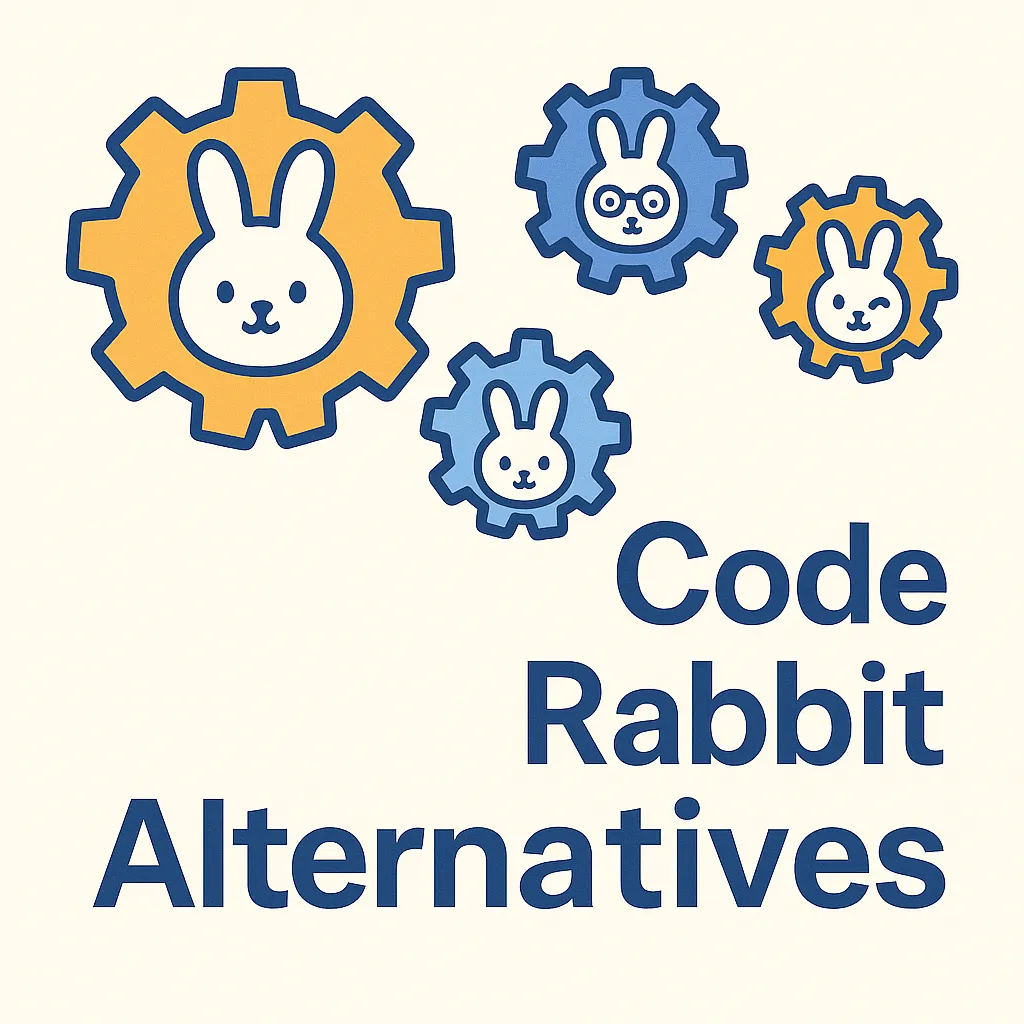
CodeRabbit Alternatives
CodeRabbit is a popular AI code review tool, but as codebases and teams grow, developers often need more advanced features. This article explores six powerful alternatives to CodeRabbit, detailing their strengths, pricing, and integrations to help teams find the best fit for their needs.
Aug 12, 2025
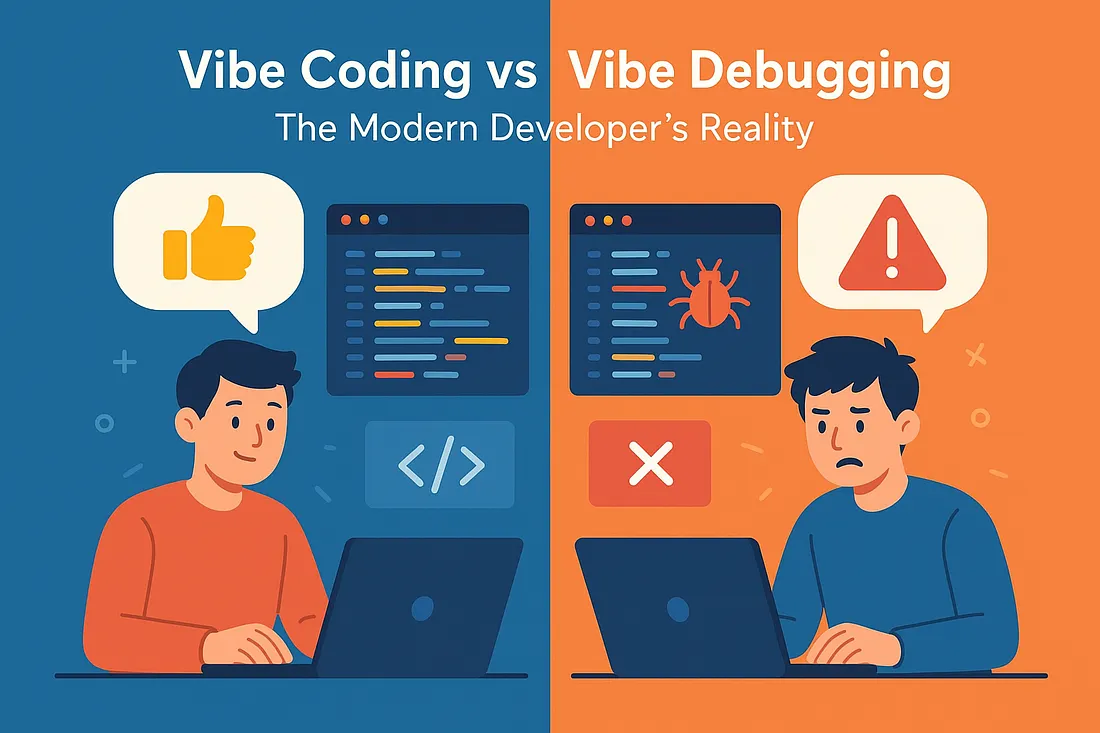
Vibe Coding vs Vibe Debugging: The Modern Developer’s Reality
The rise of AI has introduced "vibe coding," where developers use natural language to generate code quickly. However, this speed must be balanced with "vibe debugging," the AI-assisted process of finding and fixing issues. This article explores how modern developers use both approaches and how tools like Panto AI help bridge the gap to ensure quality and efficiency.
Aug 12, 2025
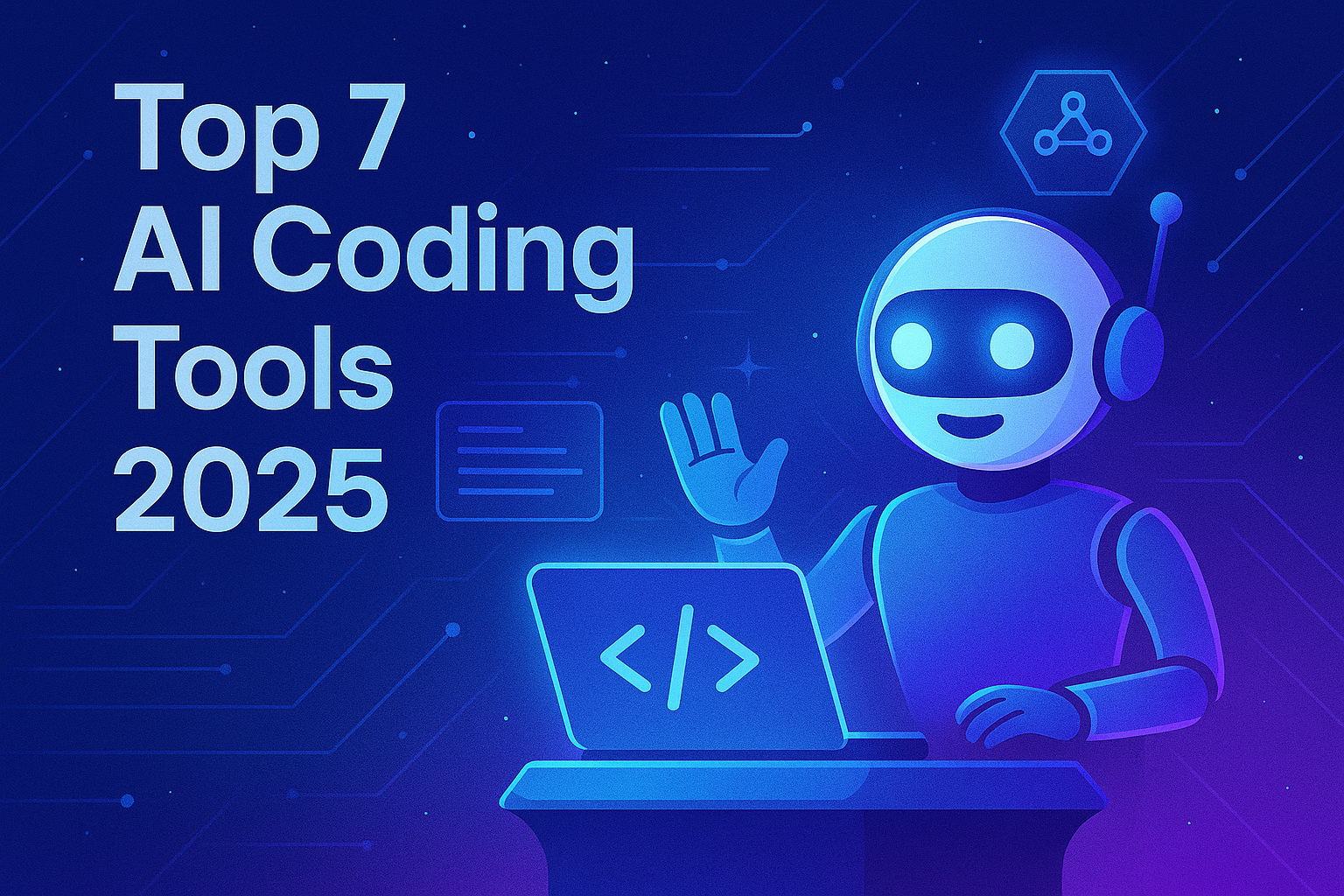
Top 7 AI Coding Tools 2025
AI-assisted software development is no longer a futuristic concept, but a powerful reality. This guide breaks down the top 7 AI coding tools for 2025, categorizing them by function—from code completion and pair programming to code review and learning environments—to help developers choose the right tools to boost their productivity and code quality.
Aug 11, 2025
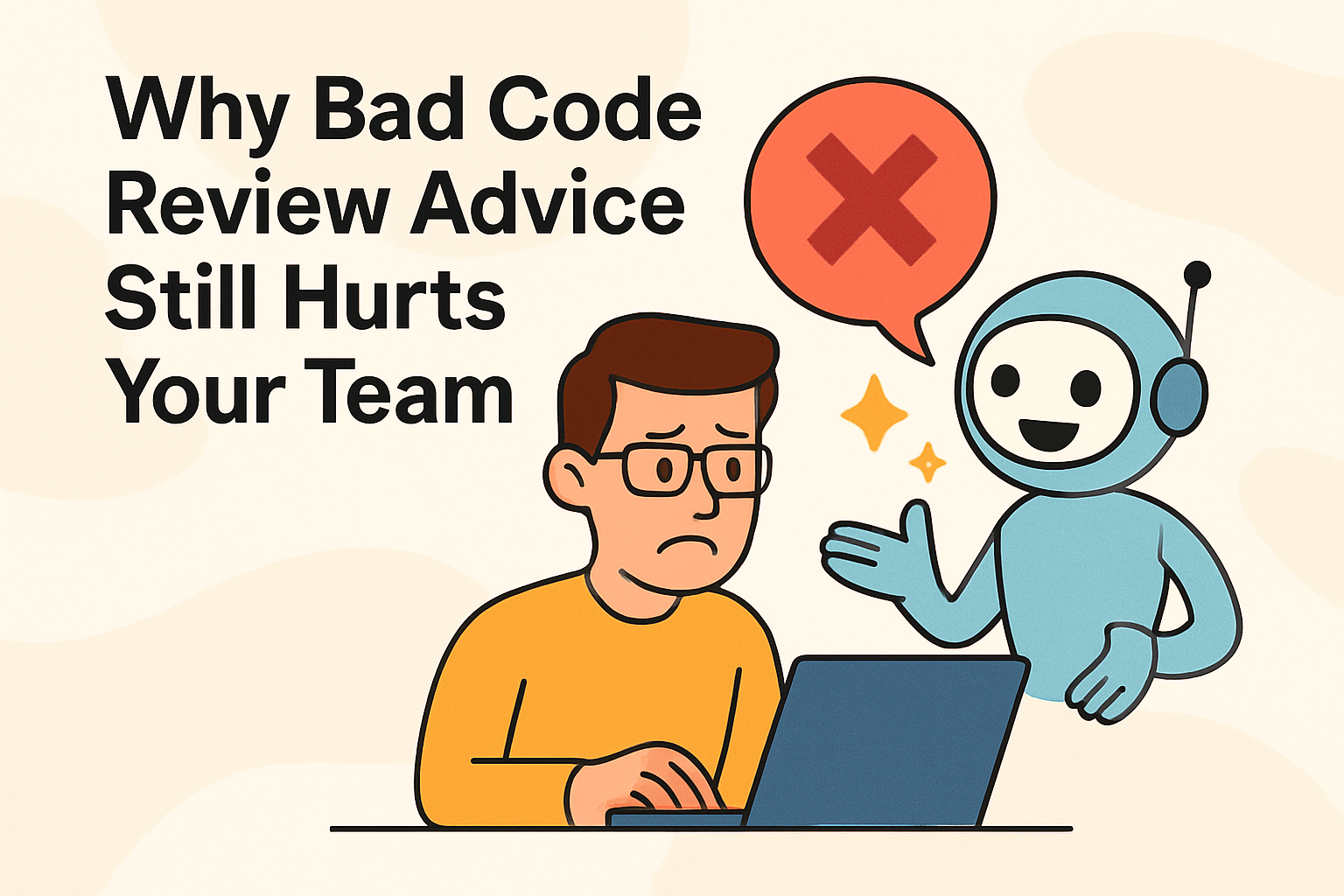
Why Bad Code Review Advice Still Hurts Your Team — and How Context-Driven AI Transforms Reviews
Bad code review habits, from nitpicking to rubber-stamping, cause real harm to engineering teams. This article debunks common code review myths and shows how context-driven AI tools like Panto provide a smarter, more efficient way to review code, reduce bugs, and boost team morale.
Aug 07, 2025
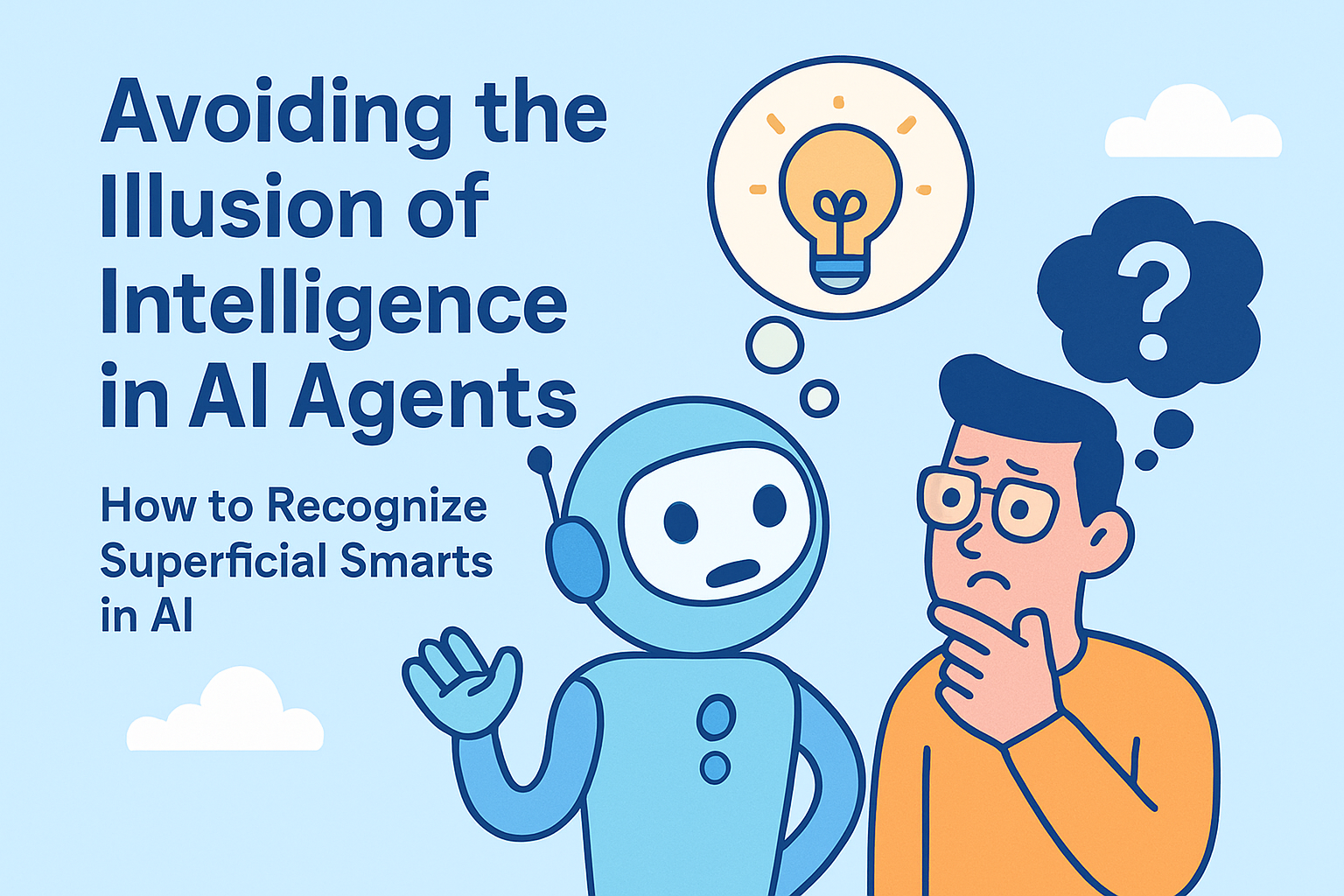
Avoiding the Illusion of Intelligence in AI Agents
Many AI agents fail to deliver on their promises in production environments. This article argues that the key to building resilient AI systems lies not in impressive demos, but in robust, architectural solutions that prioritize context, layered safeguards, and continuous improvement, using Panto AI as a case study.
Aug 06, 2025
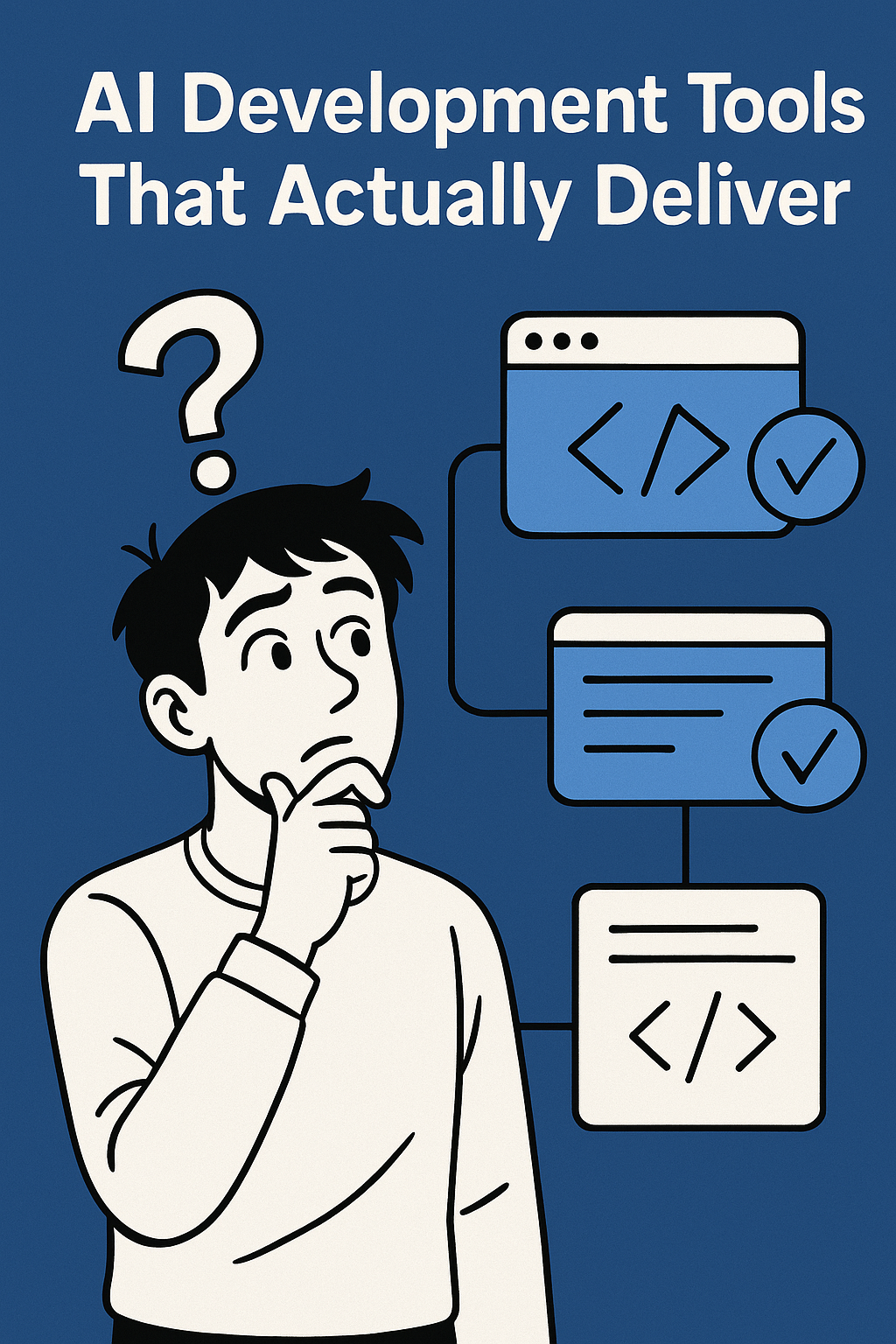
AI Development Tools That Actually Deliver
AI is no longer just a buzzword; it's a critical component of the modern software development lifecycle. This article explores how AI tools are delivering measurable value across six key areas: code generation, code reviews, automated testing, refactoring, documentation, and metrics, providing insights and data to help tech leaders build a high-performing AI toolchain.
Aug 05, 2025